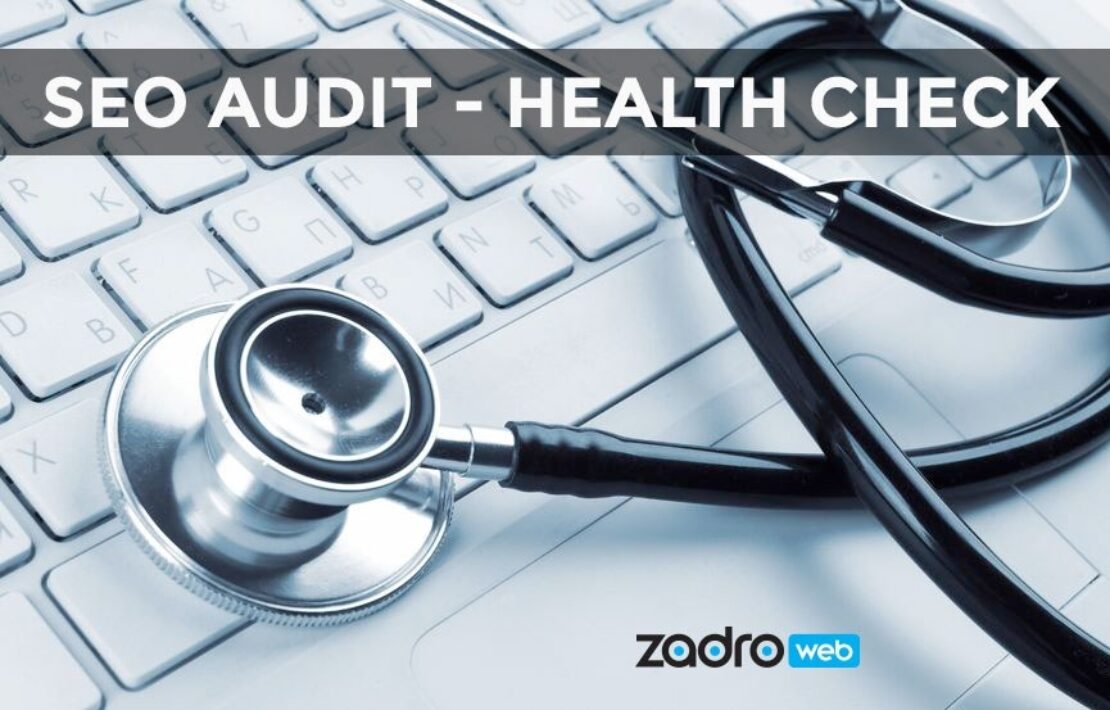The standards of search engine optimization are constantly changing and evolving, and we all want to maximize our website traffic.
It's important to conduct periodic SEO audits to check the health of your website and to make sure it's up to date with the latest developments in search marketing.
It's important to note, that a comprehensive audit should always be the first step for SEOs when approaching any new project.
When you are asked if it is time for an audit of your website's on-page SEO, the answer is a resounding YES.
What to Expect From Your SEO Audit
A comprehensive SEO audit will evaluate your website, and determine its healthiness in a number of key areas including keyword research and usability, accessibility, on-page SEO, off-site SEO, social signals, backlink profile, competitive analysis, and of course, technical issues across all channels.
For our purposes today, we are going to concentrate on what to expect from an audit of your on-page optimization techniques.
There are a number of free tools that can be used to perform an audit of your on-page SEO, including our own SEO Auditor, and many other great tools as outlined here in the preparing section. Tools like these are a great start, but a manual audit will go much deeper in the analysis of your website, and will ultimately return better results. For a very comprehensive guide on E-commerce SEO, take a look at Matthew's guide to increasing traffic.
It's important to note that a manual SEO audit takes much longer, and it's well worth the time and cost investment.
On-Page SEO Audit Checklist
On-page optimization is where you have the most control in your overall SEO strategy, and if it's in disarray, no amount of content marketing or website promotion can significantly boost your traffic or improve your page ranking.
The following checklist will detail the areas that should command your attention when performing an audit of your website's on-page SEO.
- Page Titles and Descriptions - Each page should have a unique title that indicates what the content of the page is, and should act as an advertisement of what the page has to offer. Keep your title at 55-60 characters and your description at around 150 characters for the best results. And, definitely watch for any duplication to avoid Panda issues.
- URL Structure - URLs for each page should contain your target keywords, which should be separated by hyphens. Be careful of keyword stuffing in your URLs to avoid "over-optimization" penalties. Query parameters in URLs should use "rewrite" techniques to create search engine friendly URLs.
- Content - Check for duplicate content using Copyscape Premium batch analysis feature and fix it immediately. The on-page text should also be properly formatted, using only one H1 tag for your main title and H2 or H3 tags for subsections.
- Accessibility - Check for properly formatting XML sitemaps and Robots.txt files. Check for broken links using Google Webmaster Tools. Any broken links that are found can be corrected using a 301 redirect, or simply changed to a valid destination.
- Image Files - Images should be properly tagged. File names should be descriptive and should contain applicable targeted keywords. All images should have a clearly defined ALT tag.
- Google Health Check - Is your site first when doing a brand name search? How many pages does Google report when doing a site search using "site:domain.com" and does this match your expected results? Make sure to also check for Google penalties using the Panguin Tool by Barracuda.
Secondary Considerations - An Auxiliary Checklist
The on-page SEO techniques we've looked at so far are only part of the equation.
Usability is a major factor in how a website is ranked in any given online search.
A higher than average bounce rate can indicate that a website is not offering valuable content, or that the website is itself difficult for the online user to navigate or interact with.
When running an SEO audit, consider the following performance-related issues.
- Site Speed - Web pages that are slow to load experience more bounces, and that tells Google and other search engines that your site is of a low quality. Test your site's response time using Web Page Test, and make any necessary changes to code or design that might increase its speed.
- User Behavior - Review your website from a user's perspective. Does it have an easy-to-understand main menu? How many clicks does it take for an average user to find the specific information they want? Is there a clear call-to-action (CTA)?
- Site Structure - Is your website's content grouped into relevant categories? Have you included contact information? If you are running an e-commerce site, do you have your privacy policy and trust seals clearly displayed?
In Summary
The points I've discussed here are only the tip of the SEO auditing iceberg, but your on-page optimization may be the most important aspect of your SEO strategy.
When your on-page techniques are under par, your off-site strategies have nothing to support.
Once you have performed an on-page SEO audit, and have made the necessary changes to bring your site up to code (pun intended), it will be time to move on to a comprehensive audit of your off-site SEO strategies.
A full SEO audit will include local SEO evaluation, social media review, your external link profile, and competitor reporting.
Would you like to learn more about a comprehensive audit? Feel free to reach out or start a discussion below, and thanks for reading.




